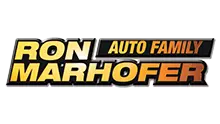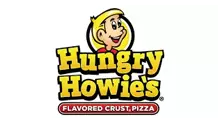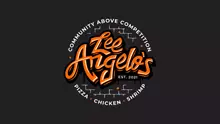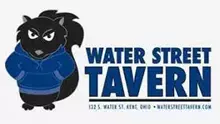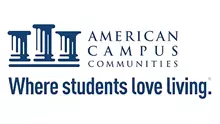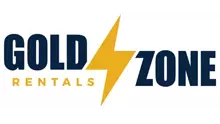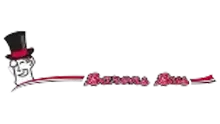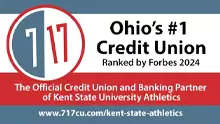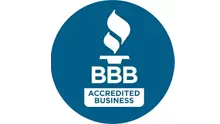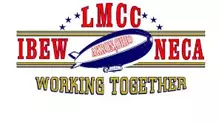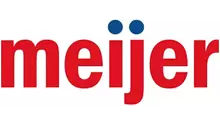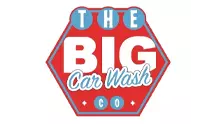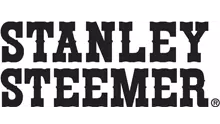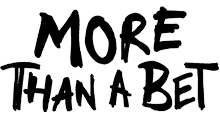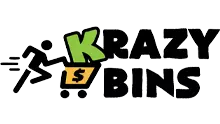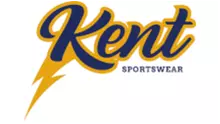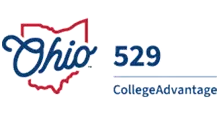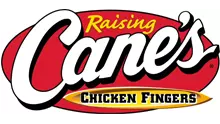
OUR HISTORY AND TRADITIONS
Kent State Athletics has a rich and unique history. Here is a look at the history of athletics and the traditions that have evolved since 1910.
ORIGINAL COLORS

Did you know that the original colors for Kent State were orange and blue? As legend has it, when basketball uniforms were sent to a local laundromat the hot water turned them gold and blue. The team and student body liked the new colors, so they adopted them instead.
KENT STATE FIGHT SONG
The Kent State fight song is proudly sung at Kent State events throughout the year. The Kent State marching band (football) and Flasher Brass (basketball) can be found at home events.
FORERUNNERS OF FLASH
Our beloved mascot Flash can be found at home games and events all year long (book him for your event here), but Flash hasn't always been the Kent State mascot. Here is a look at Flash's predecessors.
|
|
1923 Kent State's first nickname was the Silver Foxes, named for the silver fox ranch that was adjacent to campus and co-owned by University president John McGilvrey. |
|
|
1926-28 After the presidency of John McGilvrey, acting president T. Howard Winters held a "Name the Team" contest. Golden Flashes ultimately wins out over finalists "silver foxes", "hurricanes" and "warriors". The lightning bolt is soon adopted as the athletics' logo. |
 |
1950s Kent State's first mascot was a golden retriever dubbed "Golden Flasher". The puppy was a gift from the Kennel Club of Ravenna and the dog was found at most home games throughout the decade. |
 |
1960s Golden Flasher was phased out in the mid 60s and the Kent State student government pushed for a traditional "person in suit" style of mascot. Not knowing what the personification of what a flash would be, Grog, the caveman character from the popular comic strip B.C., arrived on the scene. This 50ft behemoth served was seen at home games in the late 60s and early 70s. |
 |
1970s Kent State's turned to a western-themed rider and horse (also named Golden Flasher) for football home games throughout the 70s. |
 |
Late 1970s - Early 1980s Golden Flasher returns in the late 1970s but is renamed "MAC the Flash" after a "Name the Mascot" contest held by radio station WKNT and the athletic department. The 19-week-old golden retriever was donated by the Blue and Gold Club, a KSU booster organization and served as the mascot through the 70s and into the early 80s. |
 |
1980s After the golden retriever, the mascot reverts back “to costumed individuals roaming about in attire with lightning bolts".T The costumed characters go under various names‚ including Freddie Flash‚ Golden Flash‚ Flashman and Captain Flash (seen here in 1982). |
 |
1985 As part of the University's 75th anniversary celebration, the Kent Technology Education Club embarks on a project to construct a large fiberglass egg to unveil the new athletics' mascot. |
 |
1985 Flash the Golden Eagle is chosen as the new athletics' mascot. An eagle was chosen because the university wanted something proud and “there is nothing prouder than an eagle”. Flash emerged from the egg during halftime of the 1985 homecoming game. Flash, along with a live eagle, are seen at home games through the mid 1990s. |
 |
1985 Different versions of Flash the Golden Eagle are created throughout the 1980s with an attempt to create a look of real bird feathers. This practice continues throughout the 1990s before having a live bird mascot gets phased out. |
 |
2000s The current version of Flash debuts in the 2000s. He continues to entertain and delight fans and home games and campus events all year round. The self-described "best all-around athlete on campus" appears at over 100 events annually. |
HISTORY OF THE WAGON WHEEL
The Golden Flashes and conference rival Zips battle for the Wagon Wheel in their annual football game. The unique rivalry trophy grew out of the wagon wheel legend. According to the legend, the trophy traces its beginnings to the spring of 1870 when Akron industrialist John R. Buchtel set out for the town of Kent in search of a site to establish a college. In the muddy Ohio fields, however, his wagon became bogged down in the area where Kent State University is currently located. When horses pulled the wagon, a wheel came loose and became buried until it was discovered in 1902 during the construction of a pipeline along the Western Reserve Trail. The wheel eventually fell into the possession of Dr. Raymond Manchester, who as the Kent State Dean of Men in 1945, suggested the local historic artifact be offered as the trophy to the winner of the annual football game.
There is also a year-long challenge which counts all athletic contests in the 16 sports where the rivals compete head-to-head. The winner of each contest (or series) earns a point towards the challenge, the first school to earn 8.5 points wins the challenge.
STARNER VICTORY BELL
It is a tradition for Kent State teams to celebrate post game wins by singing the fight song before ringing the Starner Victory bell. Each team selects the player(s) who were pivotal in the game to ring first, which provides both a unifying and memorable experience for the student-athletes.
Donated by Kent State University alumni Buzz ‘67 and Marilyn ‘71 Starner, who were strong proponents of the value of athletics to develop in competition the skills that lead our Flash student-athletes to success in life after college.
Not only is the Starner victory bell a tradition at home athletic events but it has also become a tradition to provide new Kent State graduates the opportunity to ring the bell on Risman plaza immediately after graduation ceremonies during fall and spring semester.









